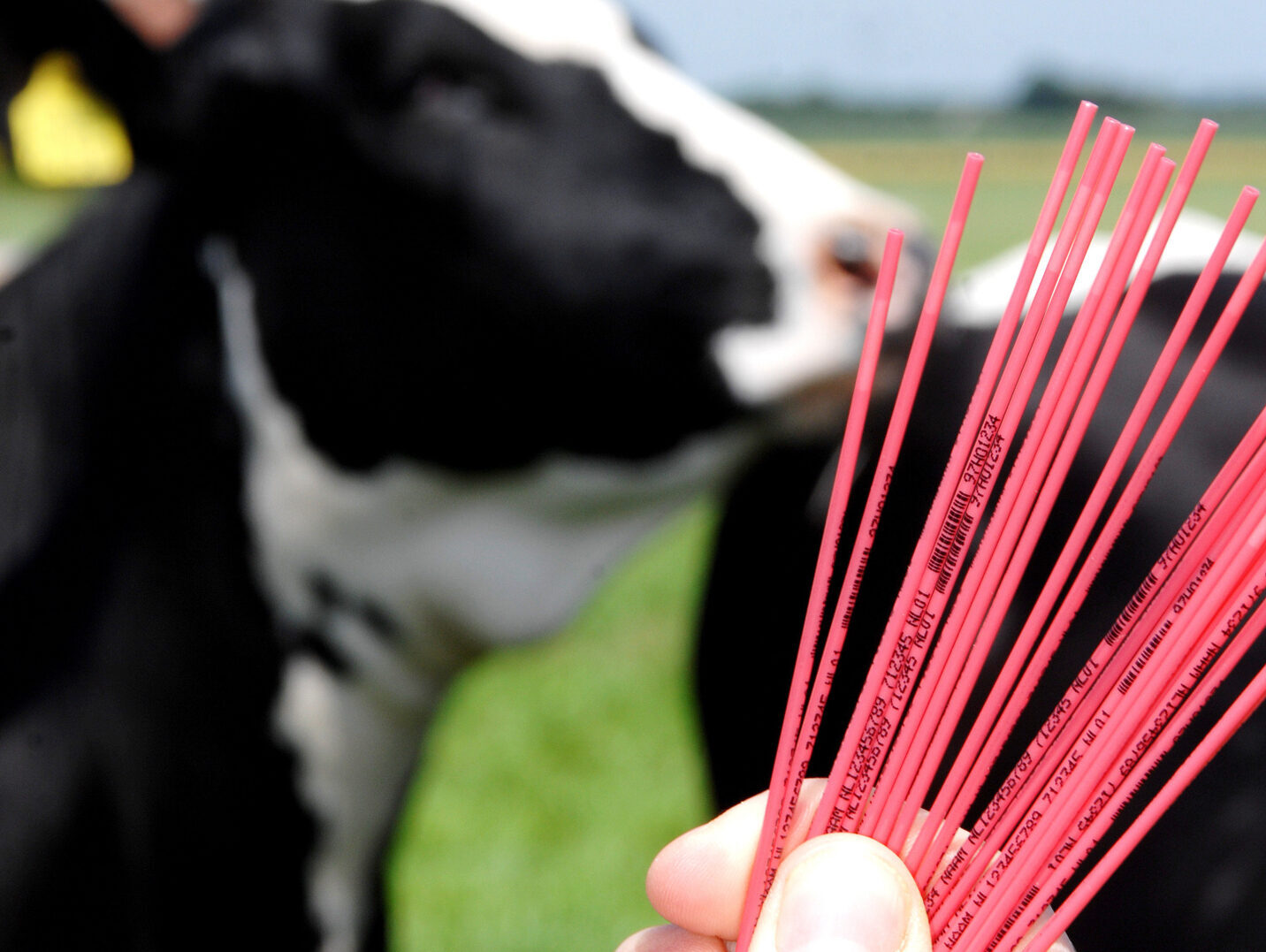- Select your best
- Take extra care of yearling heifers
- Hone your heat detection skills
- Get it right on the day
For a printable summary click here.

Want to know how to get the best from sexed semen? If you are incorporating sexed semen into your breeding programme there are steps you can take to ensure you get the best results.
For a printable summary click here.
By using frozen sexed semen, there is an added benefit of targeting the best cows in your herd – which will deliver accelerated genetic gain.
It all starts with a plan to ensure that you have a target cow list for mating.
Your target cow list should ideally contain more animals than you need to inseminate with sexed semen. For example, if you are using 100 sexed semen straws, aim to identify 125 cows. This will give you options on the day of insemination – for example, where a cow meets all success criteria but gets sick, is below body condition, or doesn’t have a strong heat.
Your plan should ensure that all sexed semen is used in the first 3 weeks of mating, and conventional semen should be used for any animals that return.
Want help selecting?
Talk to us about building a personalised mating plan that uses herd information to select which animals should go to sexed, conventional or beef.
Speak to your sales consultant for more details or contact us here.
Farmers have started to use sexed semen as part of an insemination programme for yearling heifers. This is common practice overseas and is a great way to breed 'the best from the best'.
To ensure success with this group of animals, it’s even more important to have a solid plan. Yearling heifers start cycling once they have hit a target weight, which is calculated at 60% of your average cow mature liveweight on farm. Some breeds are therefore, later maturing.
The following factors are important to consider.
Sexed semen is a more fragile product than conventional semen and therefore has a shorter life inside the reproductive tract – so timing of insemination is everything. Ideally, this timeframe is 18 – 24 hours after the start of heat behaviour, which can be challenging to measure.
It all starts with pre-mating heat detection, to determine which animals have had one or more heats in the pre-mating period – as conception rate increases markedly from the second heat onwards.
Pre-mating heat detection should begin 5 weeks (35 days) before the planned start of mating. A variety of heat detection aids can be used for this purpose – but key factors remain the same:
CRV’s Estrotect breeding indicator enables easy heat detection due to its friction design and range of bright colours, but it also gives an indication of heat intensity, or strength.
Research has shown that cows who demonstrate stronger heats are more fertile. Order yours today.
Finally, wearables measure different attributes of the cow (often walking activity) to indicate those animals that are on heat. Ensure you understand the data being provided and speak to your wearables’ provider about the best window to inseminate sexed semen – some providers can configure software for this purpose.
If you need any help with heat detection planning, especially around sexed semen, speak to your vet, or contact your CRV sales consultant.
“In terms of conception rates, we've found minimal difference between conventional and sexed semen.
We do have strict protocols to ensure we pick the most eligible cows for breeding and only use sexed semen on cows in their second or third heat that are displaying strong physical signs.”
Steve and Vera Shailer, Manawatu